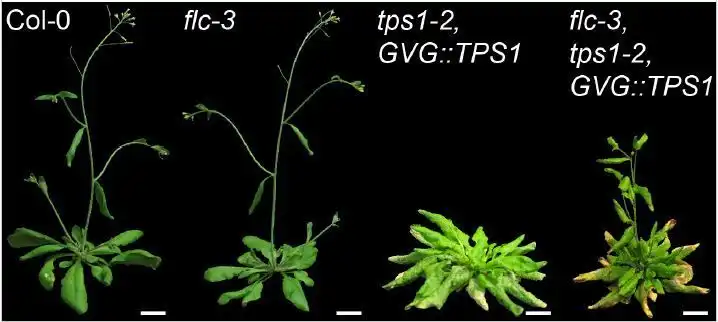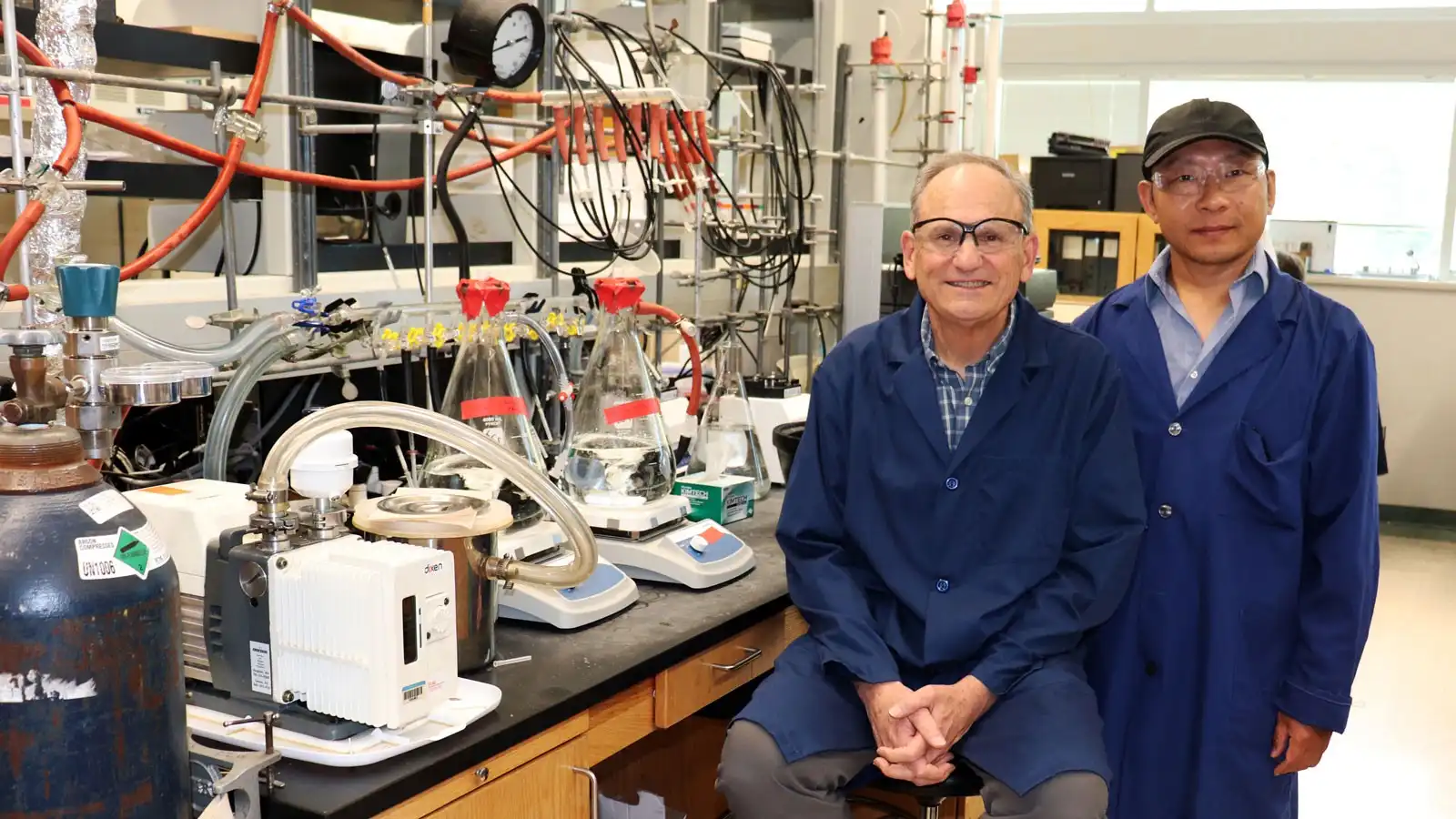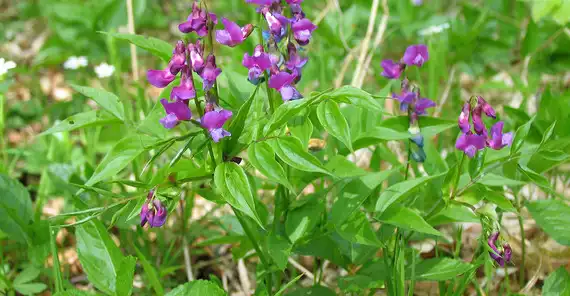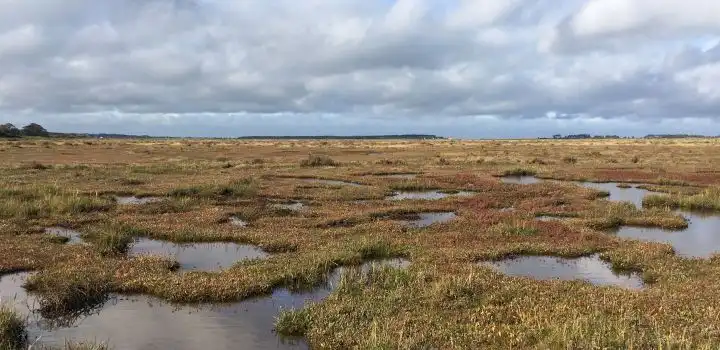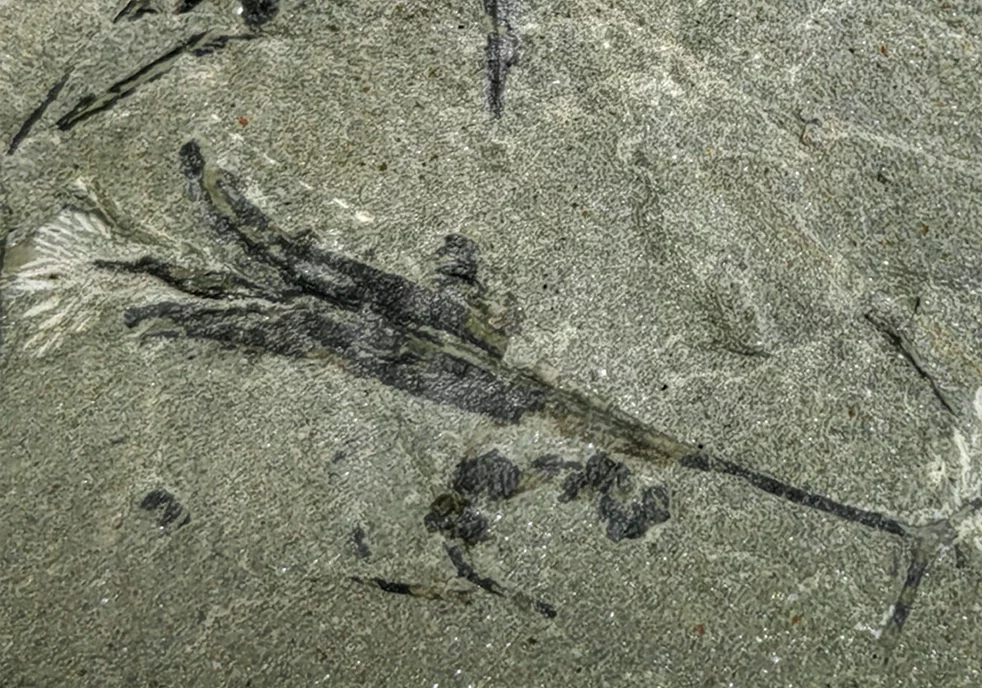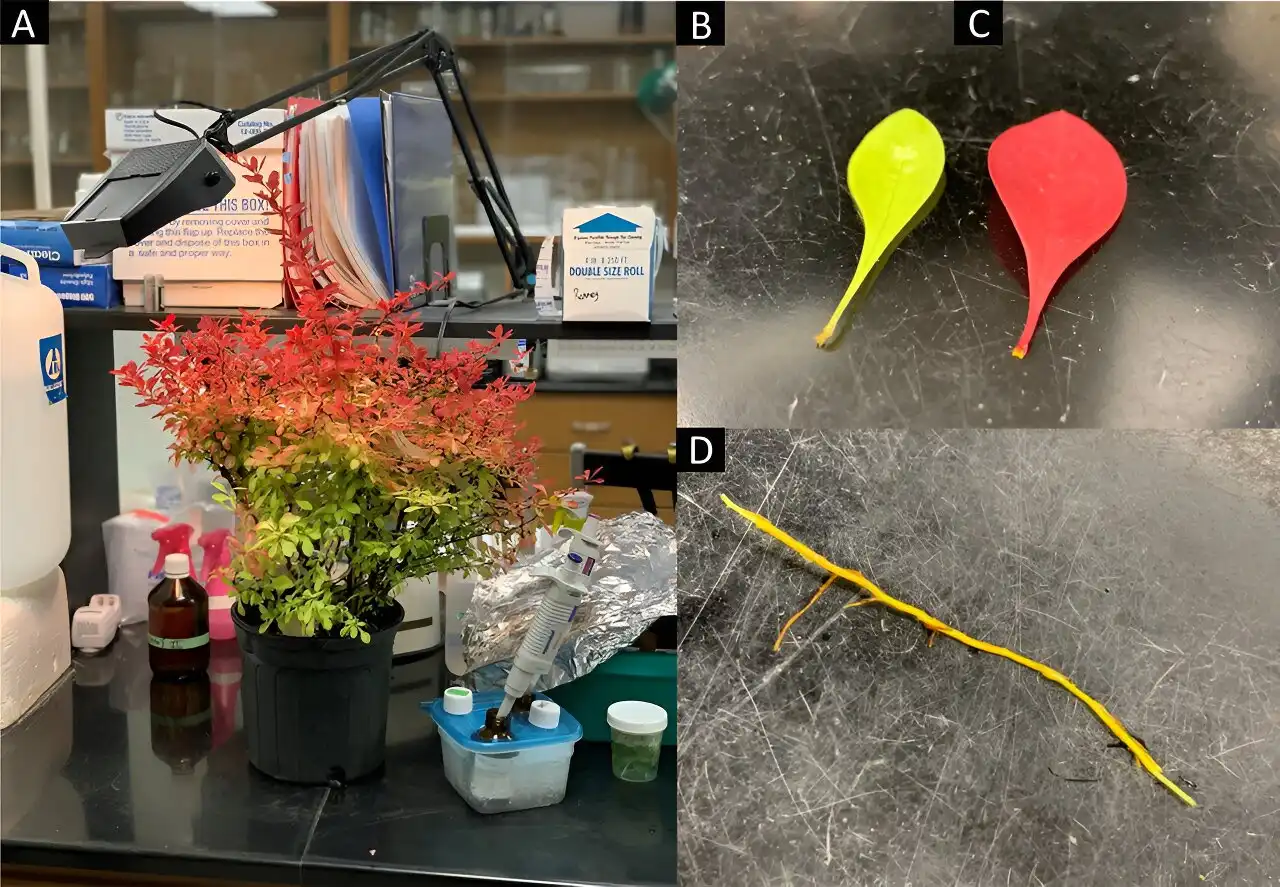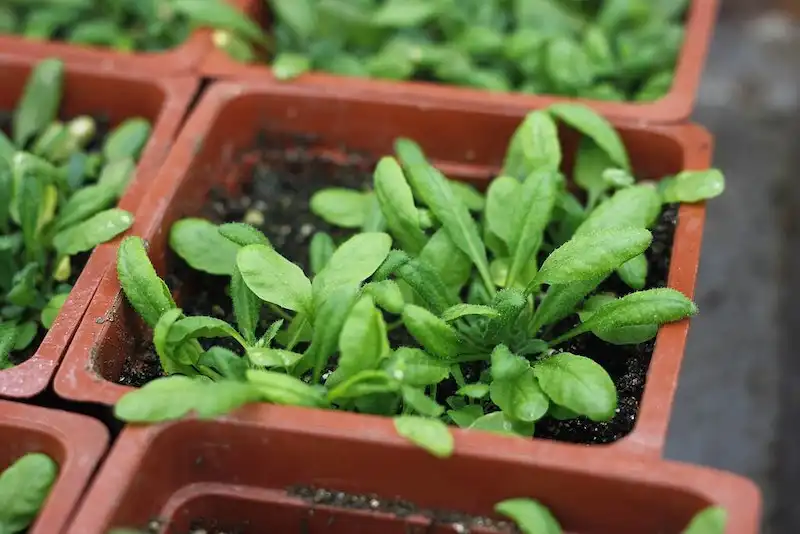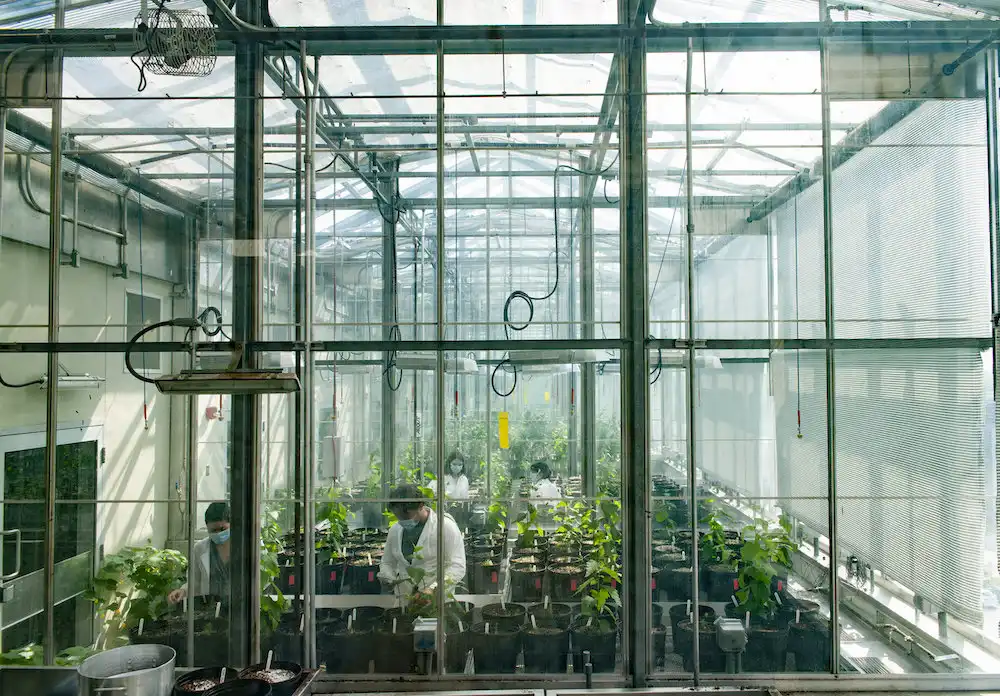
Researchers studied how paper birch trees adapt to climate change by analyzing photorespiration, a critical metabolic process. They found that trees maintain excess enzyme capacity, providing a buffer to environmental shifts. This resilience offers hope for forests under changing climate scenarios.


